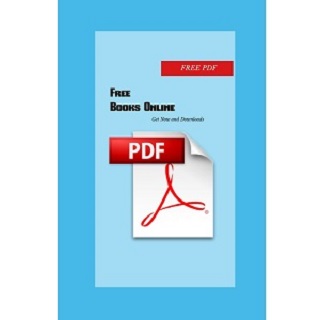
☛ Click [ PDF ] Caterpillars: Ecological and Evolutionary Constraints on Foraging ☚
▶▶ Read Caterpillars: Ecological and Evolutionary Constraints on Foraging Books
 Download As PDF : Caterpillars: Ecological and Evolutionary Constraints on Foraging
Download As PDF : Caterpillars: Ecological and Evolutionary Constraints on Foraging
Detail books :
Author :
Date : 1993-04-30
Page :
Rating : 5.0
Reviews : 1
Category : Book

Reads or Downloads Caterpillars: Ecological and Evolutionary Constraints on Foraging Now
0412026813
Caterpillars Ecological and Evolutionary Constraints on ~ Caterpillars Ecological and Evolutionary Constraints on Foraging reviews the present state of research into caterpillar biology while arguing for a multiple factor approach in studying insect herbivores Written by leading authorities in entomology and ecology it provides an explicit framework for carrying out such investigations
PDF Caterpillarsecological and evolutionary constraints ~ Most species transition from cryptic coloration as caterpillars to conspicuous coloration as adults but even species with conspicuous caterpillars change to different conspicuous colors as adults
Caterpillars ecological and evolutionary constraints on ~ Caterpillars ecological and evolutionary constraints on foraging This book provides a framework for a unified theory of foraging in Lepidopteran larvae It is intended as a resource for courses on insectplant interactions insect ecology population and community ecology chemical ecology and biological control
Caterpillars ecological and evolutionary constraints on ~ cont Effects of food and predation on population dynamics Erkki Haukioja Caterpillar seasonality in a Costa Rican dry forest Daniel H Janzen a temperate region view of the interaction of temperature food quality and predators on caterpillar foraging Nancy E Stamp Biotic and abiotic constraints on foraging of arctic
Presence of predatory wasps and stinkbugs alters foraging ~ Abstract We examined the foraging patterns of two species of caterpillar Junonia coenia Nymphalidae and Spilosoma congrua Arctiidae that contrast in feeding specialization and crypticity on plantain Plantago lanceolata in the absence and presence of two different insect predators stinkbugs Podisus maculiventris Pentatomidae and wasps
Foraging in nature Foraging efficiency and attentiveness ~ The neural constraint hypothesis is one of the central ideas for the understanding of insectplant interaction but there are still knowledge gaps in the data for foraging behavior and the
Foraging Strategies of Stemborer Parasites and their ~ Patterns of stemborer life history and the foraging patterns exhibited by a taxonomically diverse array of stemborer parasites are described Foraging strategies provide functional descriptions of natural parasite groupings and include elements of the guild concept plus ecological behavioural and morphological adaptations that enable a parasite to locate and exploit a particular host effectively
Social caterpillars Wikipedia ~ The collective behaviors of social caterpillars falls into five general categories collective and cooperative foraging group defense against predators and parasitoids shelter building thermoregulation and substrate silking to enhance steadfastness The most behaviorally sophisticated of the insect societies are found among the ants termites bees and wasps While these insects are technically classified as eusocial insects they are commonly referred to simply as the social insects In this
Temperature dependence of feeding behaviour in the mopane ~ We related foraging activity by the caterpillars of the mopane emperor moth Imbrasia belina to temperature in the laboratory and then used these data to predict foraging activity from temperature in the field Predictions were poor when based on shade temperature better when based on operative temperature but always overestimated foraging activity
Densitydependent predation influences the evolution and ~ During the day caterpillars faced with this conflict between food and perceived predation risk were more likely to opt for the branch with food if they had previously been food deprived than if they had not Fishers test P 00038 when the value of food was increased the benefit of obtaining food outweighed the costs associated with foraging in a microhabitat that posed a higher risk of predation






0 Comments:
Post a Comment